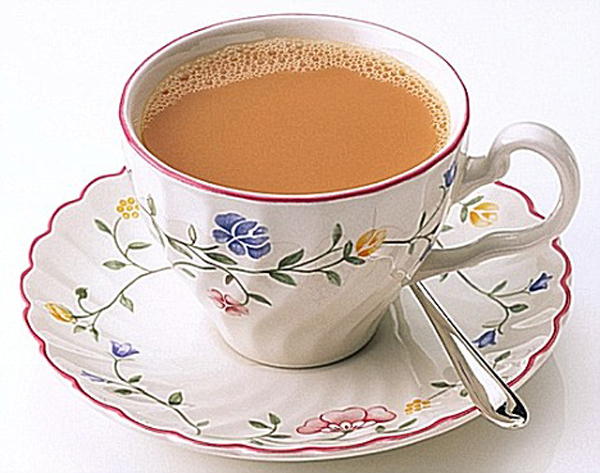The discovery of tea has an interesting history. According to Chinese mythology, tea was accidentally discovered by a Chinese Emperor named Shen Nong of the San Huang region around 2737 B.C. He was a great scholar, father of agriculture and also the inventor of Chinese herbal medicine. He declared that drinking water be heated for hygienic purposes. Once, while on a tour in summer with his court, he decided to rest for a while; his servants began boiling water for everyone to drink as usual. A gust of wind blew some dried leaves into the boiling water and the water transformed into a brown liquid. The emperor, given his curious nature, tasted the brown liquid and liked its refreshing taste and that’s how tea came to exist.

In Japan, Yeisei, a Buddhist priest and traveler brought the earliest tea seeds to Japan. He saw the importance of tea in Chinese meditation; his friend Myoe planted the first tea seed at the Kozanji temple in the hills close to Kyoto. In Japan he later came to be called the “Father of Tea”. Zen Buddhist monks subsequently drank tea to keep them awake during long hours of meditation. Gradually tea was transformed into an art form during the Kamakura period with the Japanese ritual tea ceremony called the ‘Cha-no-yu’ that came into existence. The art of tea-making requires days of preparation, although the whole practice signifies nothing more than preparing and serving tea in the most courteous, respectful and charismatic manner.
Japanese obsession with tea elevated to new heights when ‘Chaseki’ (Tea Houses) came into existence. ‘Geishas’ the cultural hostesses or courtesans of that era specialised in the presentation of tea ceremonies. Tea turned into an obsession where the nobles and rich men held ‘Tea tournaments’ and announced great rewards for the competitors naming the right tea blends.
In Europe, Jasper de Cruz from Portugal was the first person to come across and write about tea. Portugal got the first rights to do business with China and that’s how tea filtered back into the Portuguese capital Lisbon. The consumption of tea then increased largely in the Dutch society and the scholarly writers argued over the positive and negative effects of tea. They came to be known as ‘Tea Heretics’, however people ignored the arguments and continued enjoying their new beverage.
One prominent event surrounding tea took place in 1773 when protesting against the high taxes that England had levied on tea some colonist’s boarded a company ship for East India and dumped tea into the water, this incident was famously known as ‘The Boston Tea Party’.
Finally, tea bags were invented in 1908 by Thomas Sullivan in New York but the purpose was nothing but a gifting idea. He send Tea in silk bags to his clients who mistakenly dipped them in boiling water without opening them and that’s how Tea bags came into existence. This is a small glimpse into the history of the birth of one of the world most favorite beverage.
Richard Woods is a writer for KLIX, a vending company owned by Mars Inc.
A Brief History Of Tea

